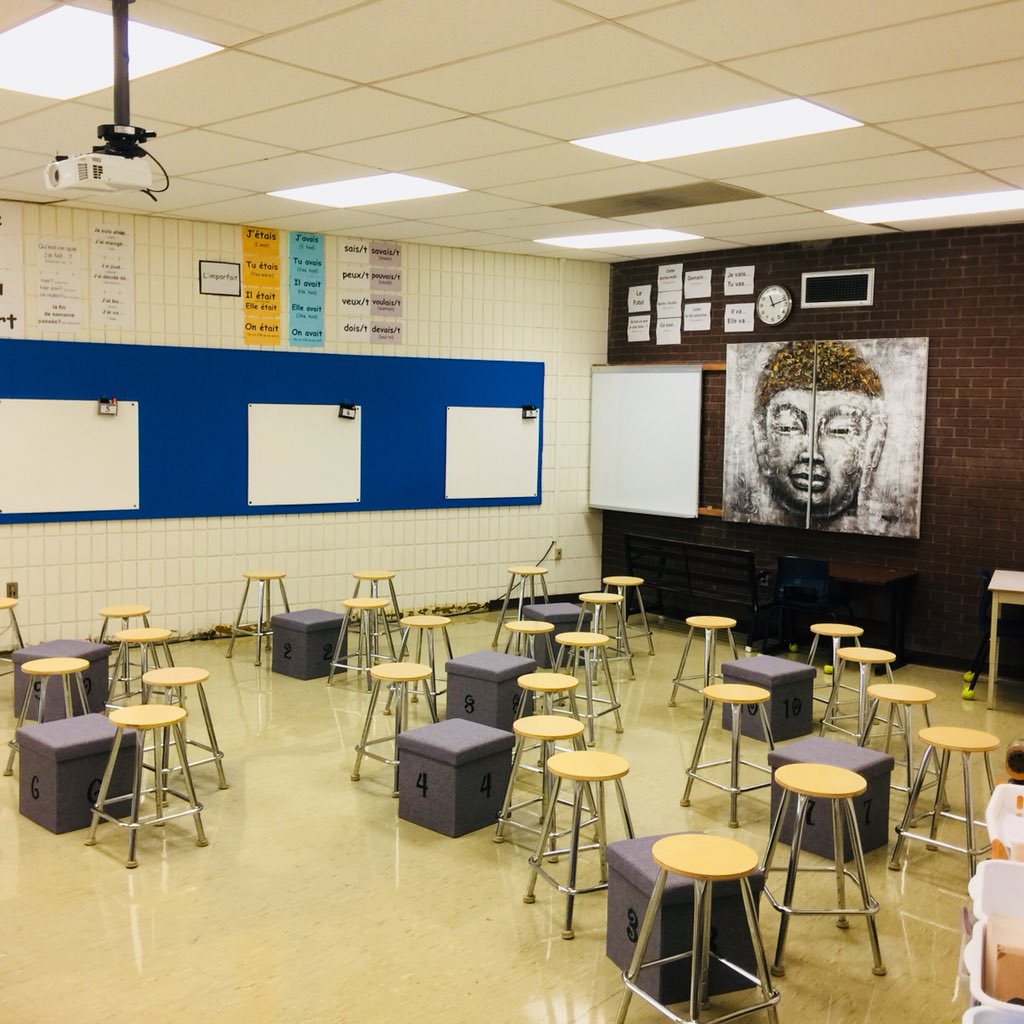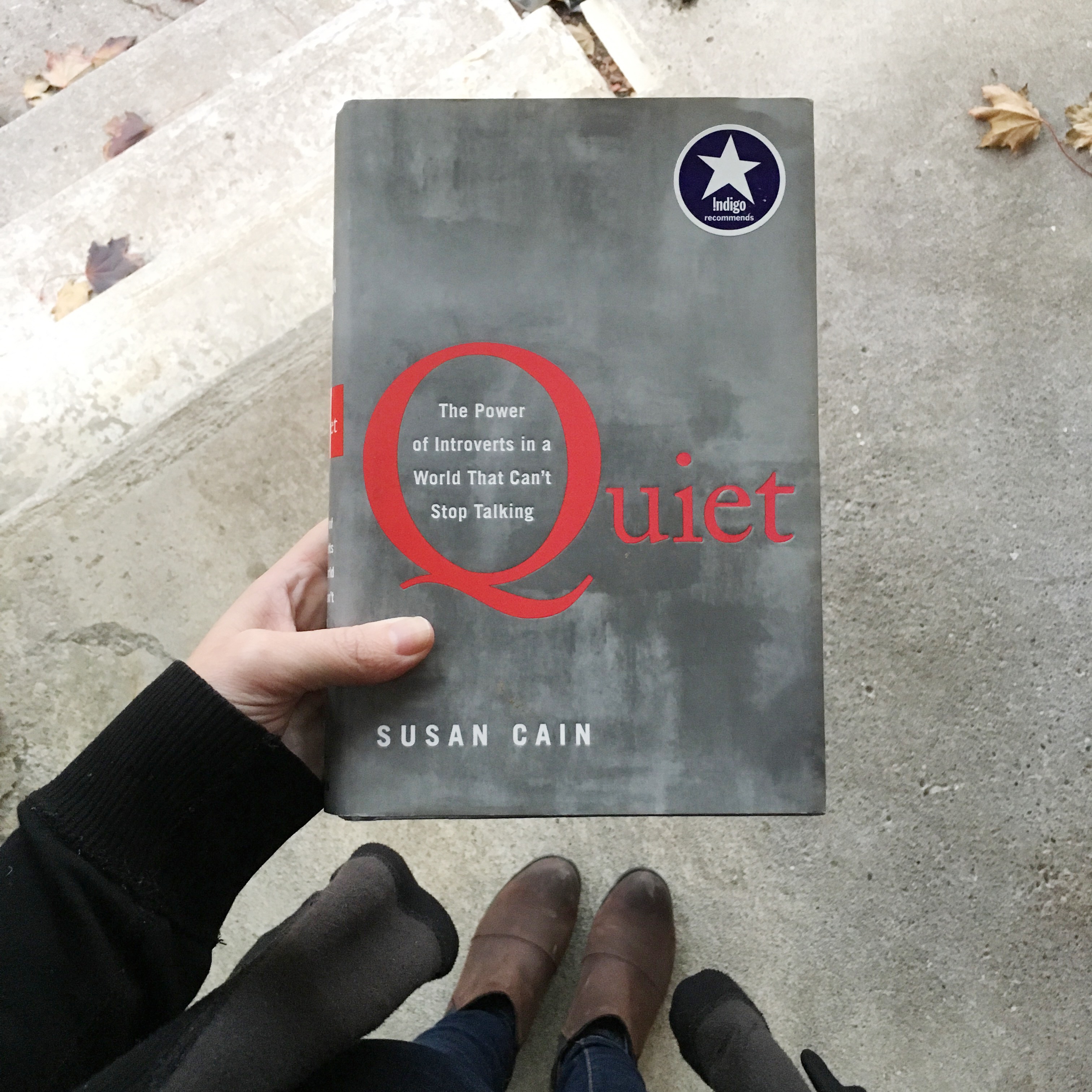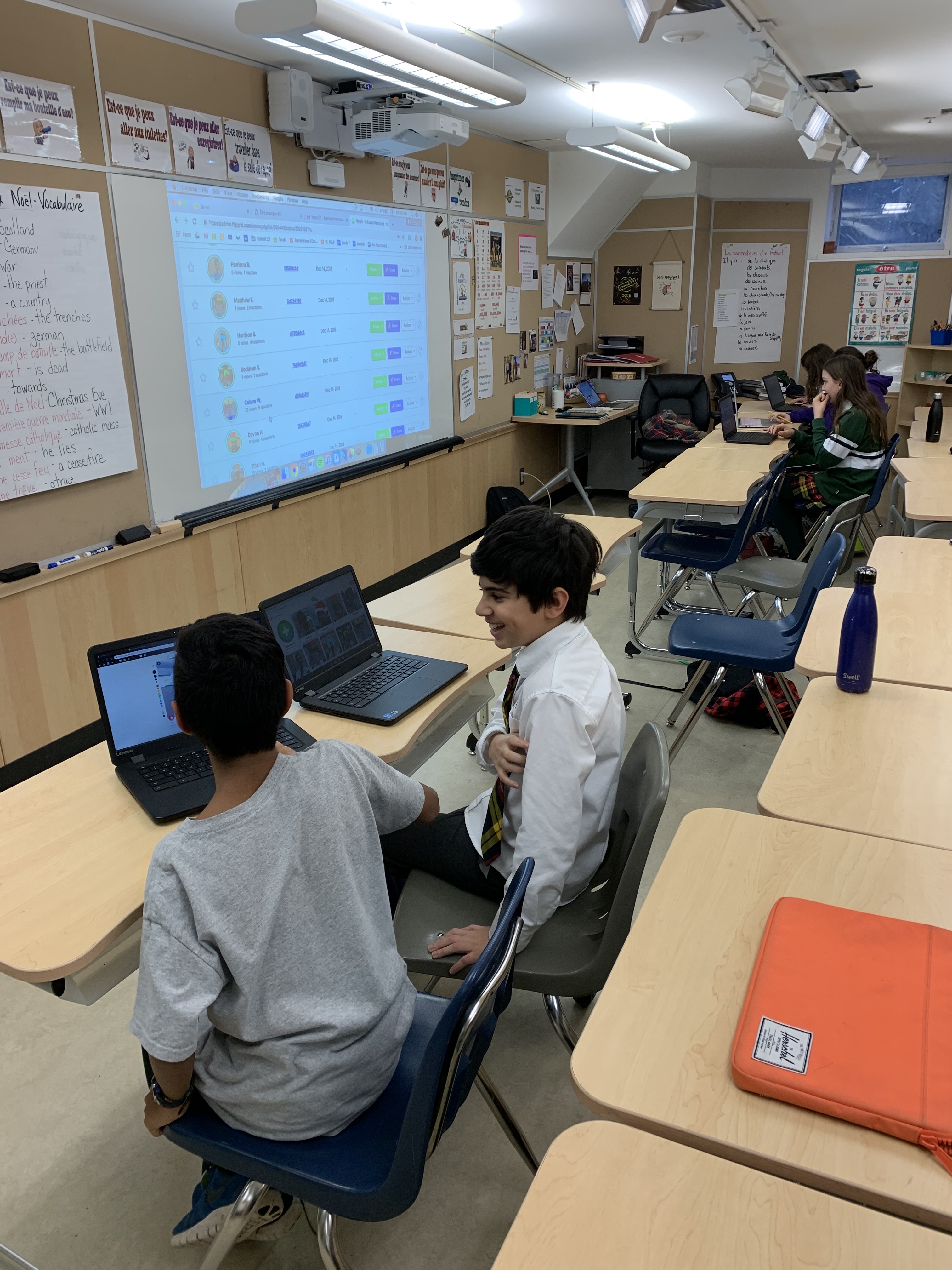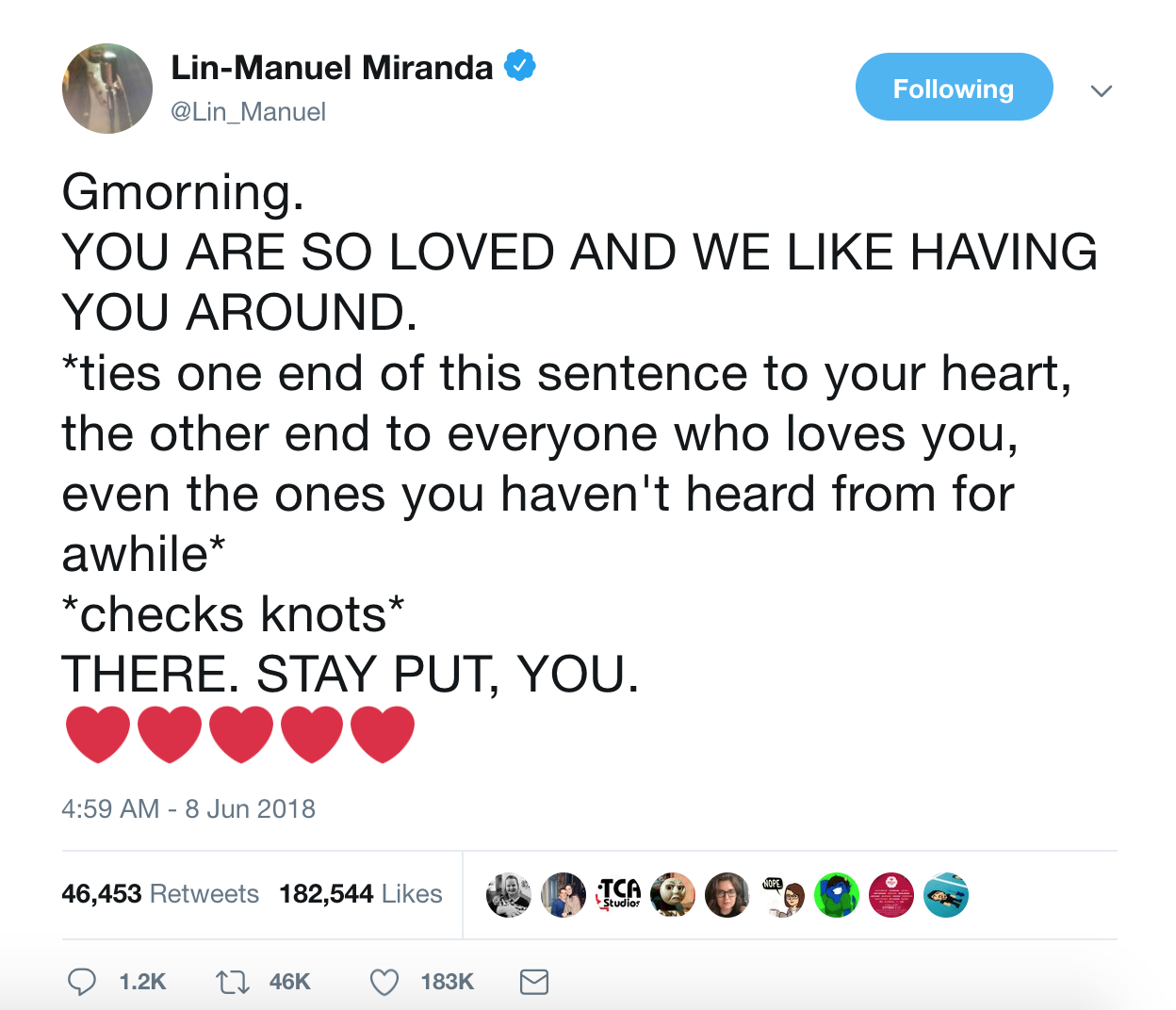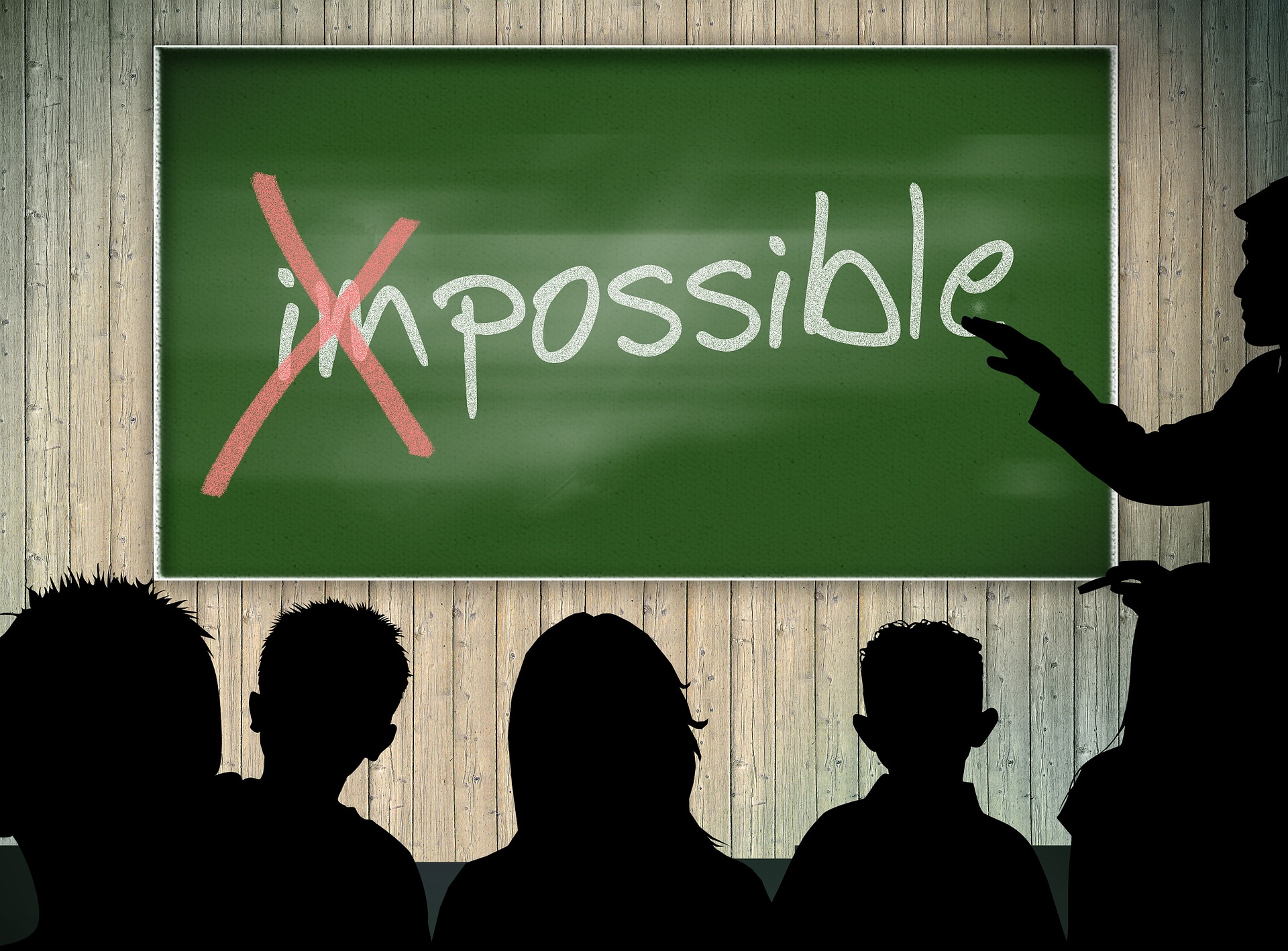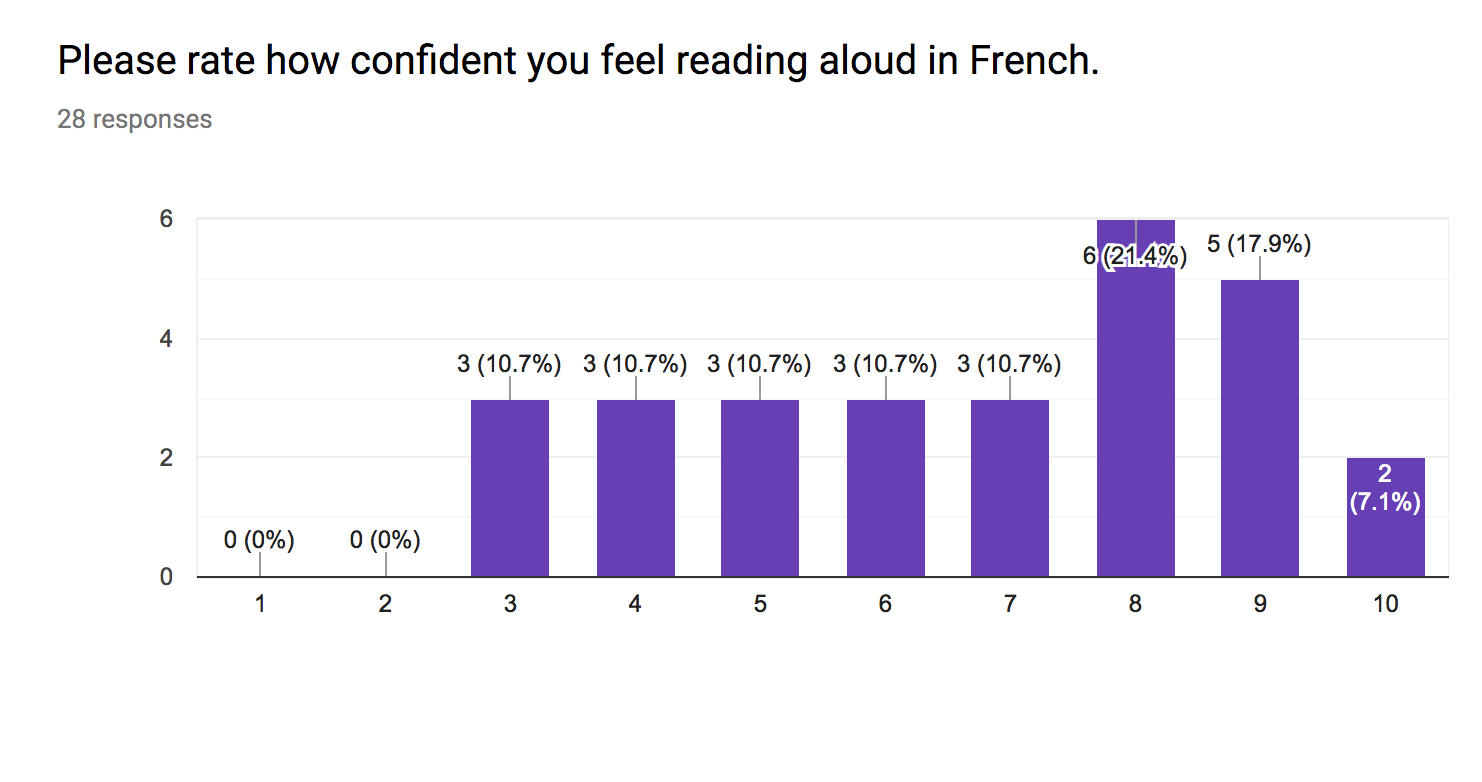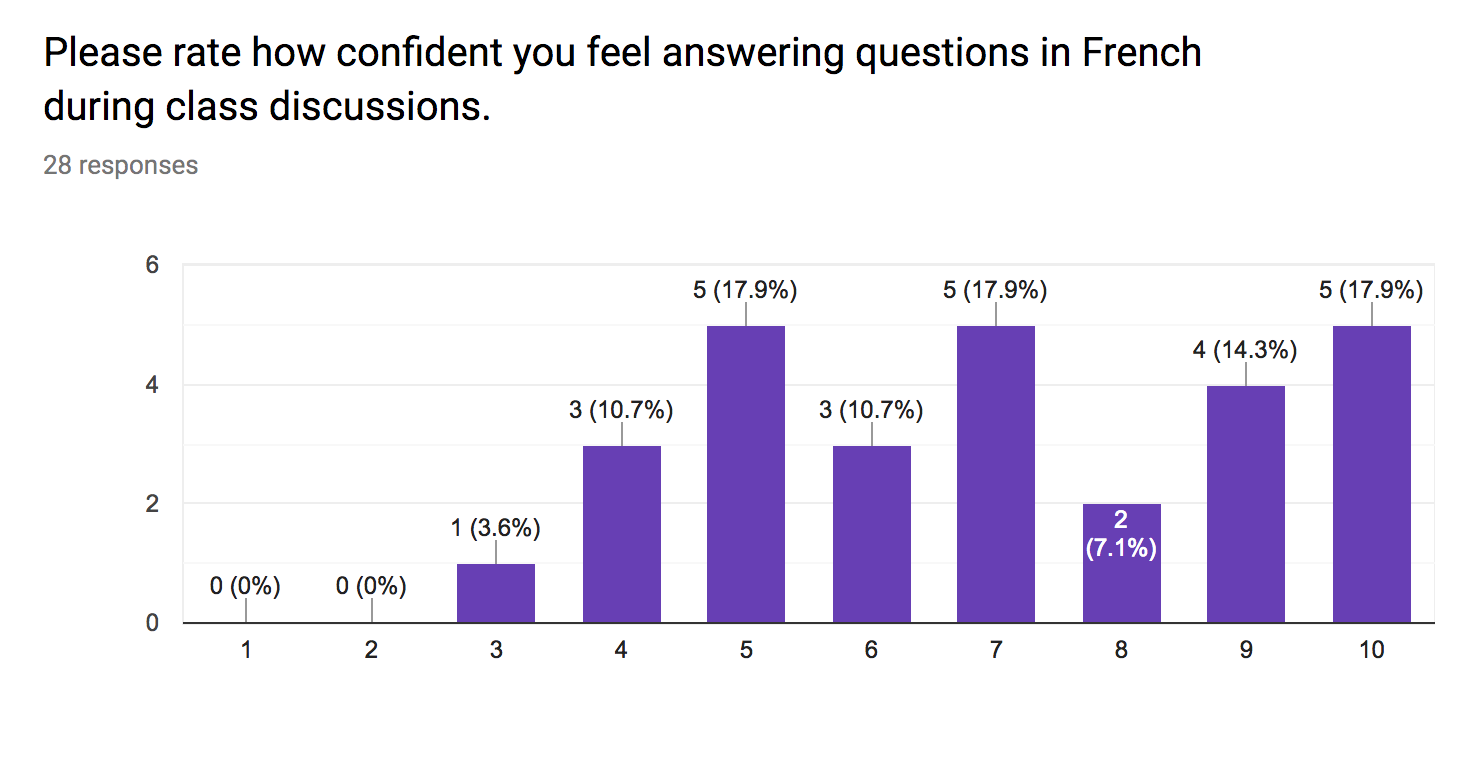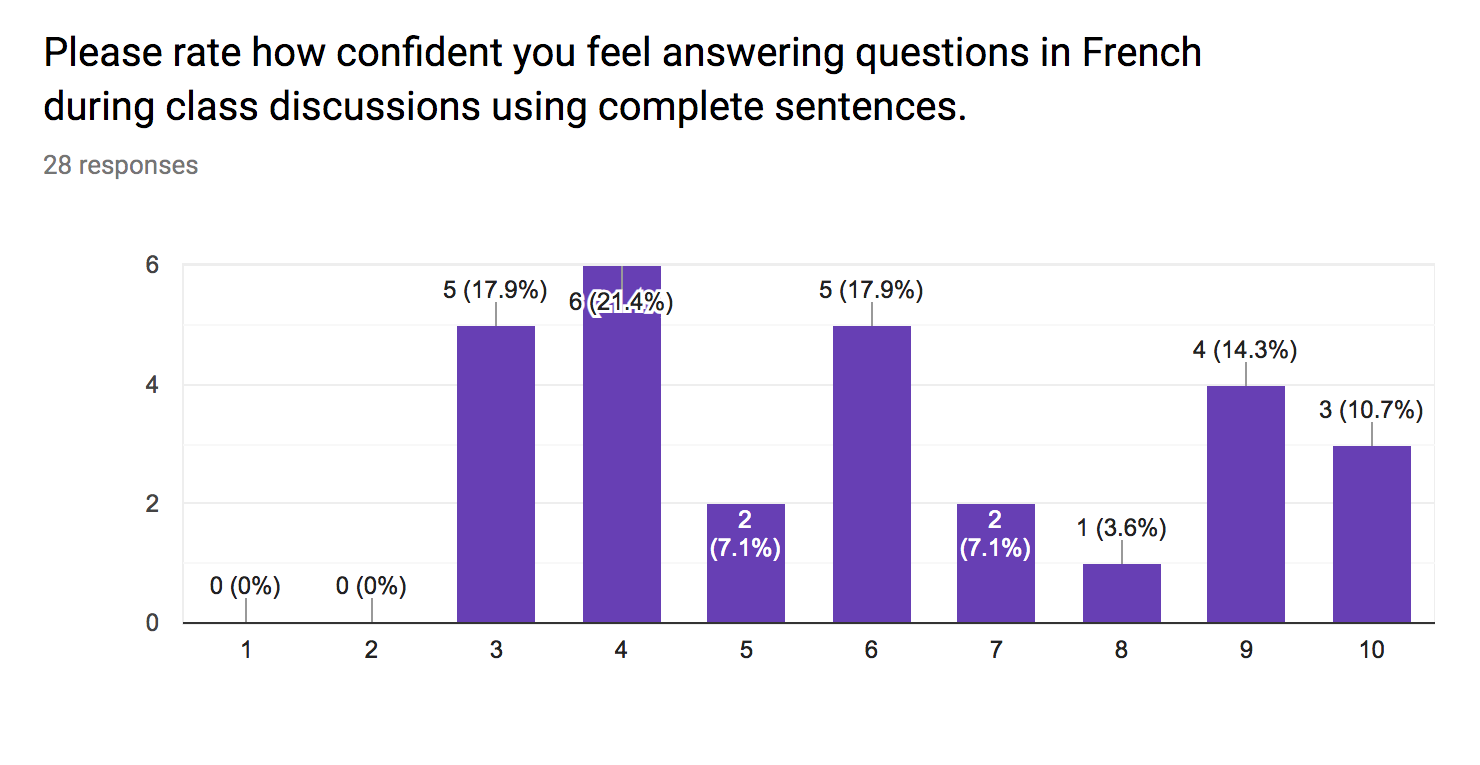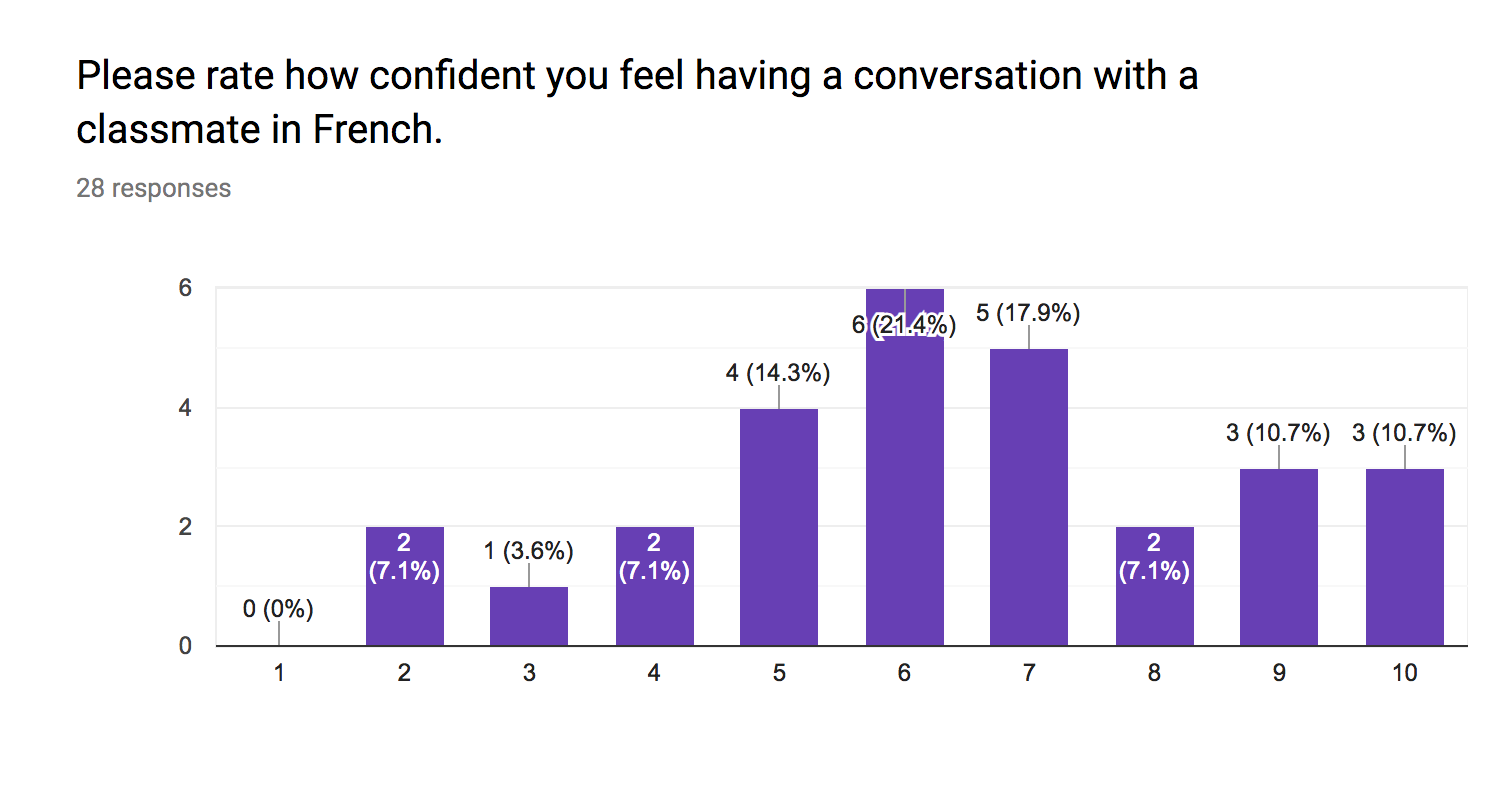If my professional learning has done anything this year, it has turned me into a hot mess. A good hot mess. But a hot mess just the same.
Last year I was organized. I knew what lesson came next in my unit. I knew which Google Docs to use and when to use them. I knew which resources to have at the tips of my fingers in my classroom. I had my timing for lessons, learning activities, and projects down to the minute.
This year, while I’m keeping many of the overall learning goals for my classroom the same, the path to which we achieve these learning goals is changing. And I don’t always know my next step.
Which leads me to this…
I feel like a hot mess teacher this year, but I believe my students are better off for it.
In December and January, my Cohort 21 Action Plan had very clear goals. I generated a meaningful list of items I could check off a to do list.
And check them off I did.
You see, I’m really good at organization.
I surveyed my students. I visited and observed a teacher I admired in Ottawa. I reviewed some old materials I want to start using again. I read a book. I started making changes in my classroom with new technology.
But I’ve finished all of the “things” on my list and now I’m testing out what I’ve learned. I’m living in a phase of experimentation, and it’s messy. It’s absolutely not organized.
Initially, I had this great idea that I would give myself permission to only experiment with one class. If I’m only playing around with one grade, I’d save myself from this exact feeling of hot mess-ness everywhere in my day.
But (unfortunately? fortunately?) I kept learning new ideas that were perfect for each of my different classes, and I was too excited to wait. I wanted to test them all, so I decided if I was going to play with my program and my teaching practice, I’m going all in.
It’s exciting and fun, and I kind of love it. It’s make me more flexible as a person, that’s for sure.
However, my Cohort 21 Action plan for February to April has pretty much two things on it. Try out new interactive oral communication learning activites in the classroom. Decide which ones work and do them again.
This is not what I thought the end of my Cohort 21 year would look like. I’m sure by April, I’ll still be in this experimentation phase: Discover/Create new ways to get my students speaking to each other in French. Try them out. Repeat.
In a future post, I plan to share exactly what I’ve learned about interactive oral communication in the FSL classroom and what learning activities have, so far, been successful in my classes.
For now, it’s been a learning curve for me, a person who craves a plan, to live in this space of the unknown. This phase of testing things out. It’s ironic that while I feel a bit less certain of what we’re doing, because much of it is new to me, my students are building their confidence with language.
I can already tell some of our experiments are working. Many of my students are speaking more French in class than they have in a long while. We moved into a new classroom a few weeks ago, and I think that has helped as well. It was a fresh start in a different, new space with different, new expectations.
I don’t know if I would have been brave enough to try out so many new things in my classroom all at once if I didn’t have such wonderful support from my Cohort 21 team, my Montcrest colleagues, and our school administration. Their encouragement that I’m on the right track definitely keeps me going on days where I’m feeling particularly hot mess-y.
Jenn


